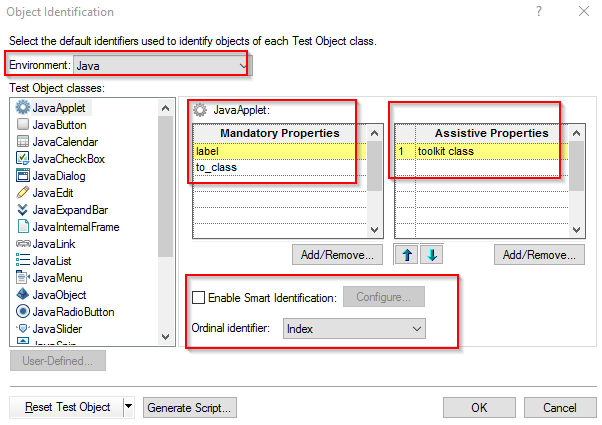UFT
Introduction to UFT Installation of UFT UFT GUI Recording the application Directory structure and file extension of UFT test VBScript Basic UFT concepts Object Spy Test Settings Properties Test Run Settings Environment Recovery Associating library files Object Identification mechanism Object repository Object repository Manager Associating repositories with UFT tests Launching applications Loading ini fileDifference between QFL and VBS file Automating web applications automating Windows applications Handling Databases Mathematical operations Create new Excel workbook file Read and Edit Excel workbook Delete excel workbook fileBuilt in Objects
SystemUtil Datatable CryptDotNetFactory Extern OptionalStep PathFinder MercuryTimer RandomNumber Recovery Reporter RepositoriesCollection TextUtil XmlUtil Err objectAdvanced
Description programmingRecovery ScenariosLaunching the UFT using ScriptAutomation FrameworkMisc
UFT Vs Selenium UFT Vs Appium UFT vs LeanFTLimitations and drawbacks of UFTInterview Questions and answersObject identification in UFT
To identify any object, it uses properties as configured in the object identification window. UFT follows below steps to identify the objects from the application.
UFT follows below steps to identify the objects from the application.- Mandatory properties - If object can be uniquely identified using mandatory properties, UFT stops and returns the object. Otherwise it goes to next step.
- Assistive properties - If object can be identified using assistive properties, UFT stops and returns the object. Otherwise it goes to next step.
- Ordinal identifiers - index or location
- VRI - visual relation identifier
- Smart identification
- Test object properties
Web development and Automation testing
solutions delivered!!